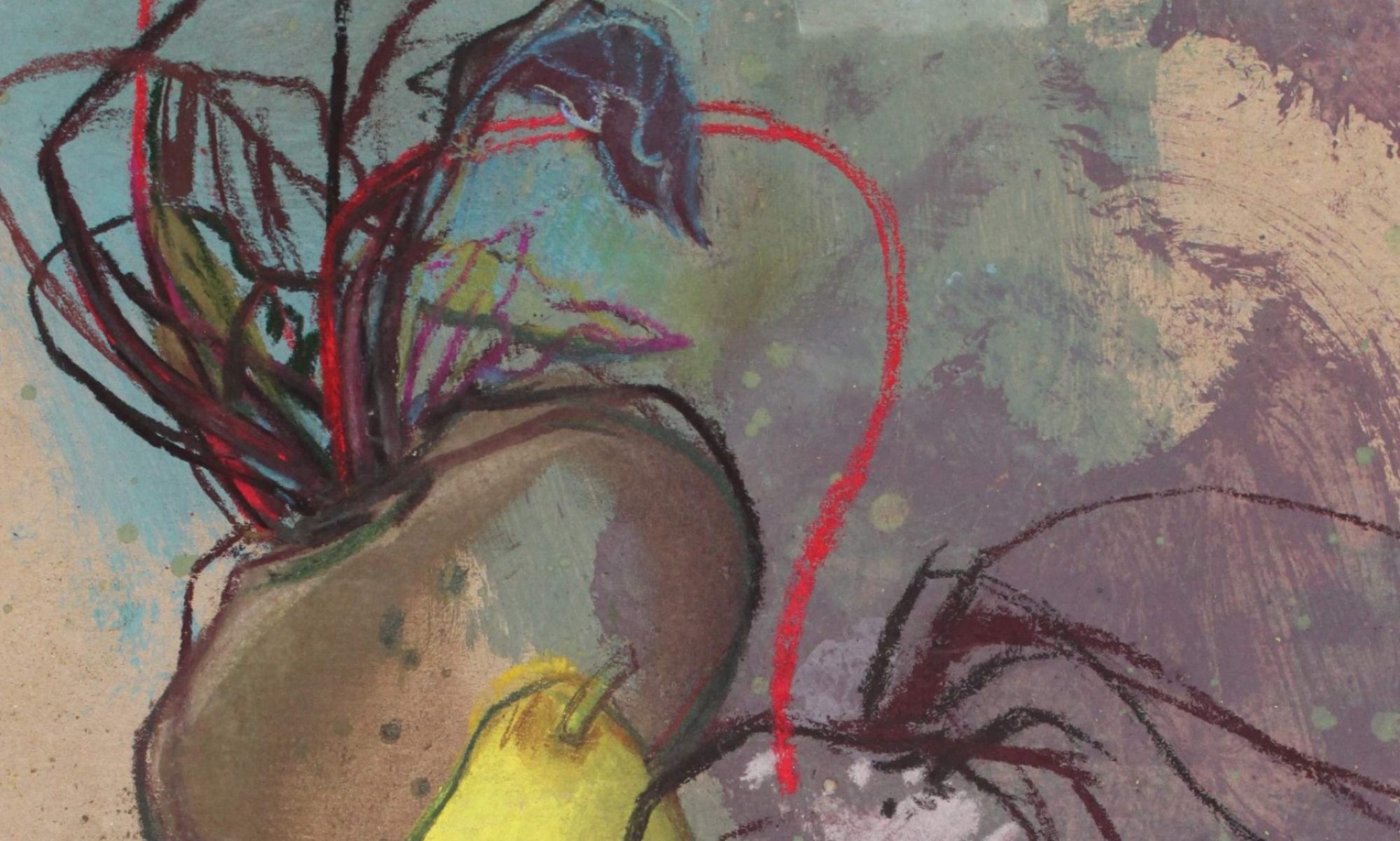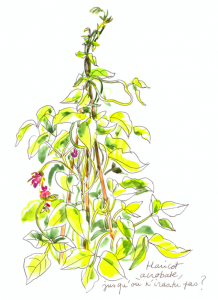Did you ever see a teepee in a garden, around which the bean wrapped itself in a race that last until the heart of summer ? Because it is indeed a vine that we are talking about. Its climbing or “paddle” form can reach up to three meters high. Hence for practical reasons, dwarf varieties have been selected.
Beans were already cultivated in Europe but it was the great explorers in Cuba and afterwards in Canada at the mouth of the St. Lawrence River, who discovered a bouquet of new varieties. The American Indians cultivated corn, squash, and beans simultaneously, a combination called “the three sisters”. Permaculture, which advocates the association and mutual aid of plants, knows it very well!
First cultivated for its dried seeds, it was the Italians who, in the 18th century, had the idea to cook the whole pod by picking it immaturely. The bean thus became the elegant green vegetable that we know. Well not always green … sometimes yellow (butter bean), streaked with red or even purple, the variety of beans is large. A botanist has selected in the early twentieth century about 472 different kinds of beans. The bean is one of the plants not very demanding in nutrients. It needs a temperature of 12 degrees minimum at the level of the ground, to be able to germinate. And to avoid being overwhelmed by an excessive harvest, let’s sow little but often for the pleasure of tasting tender green beans all summer long.

